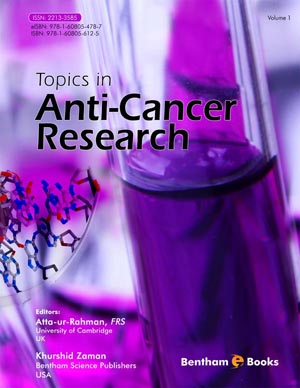Abstract
Cladribine (2-CdA, 2-chlorodeoxyadenosine), a purine nucleoside analog, is cytotoxic to both proliferating and quiescent cells and the mechanism of its action may proceed along several pathways. It was approved by the FDA for treatment of hairy cell leukemia and in some European countries for treatment of chronic lymphocytic leukemia, however it shows high efficacy in both lymphoid and myeloid malignancies. This agent is usually administered as continuous or intermittent intravenous infusion, however, newly patented formulations have been developed for its subcutaneous and oral administration. The use of cyclodextrin solubilizes the 2-CdA and renders it more stable against hydrolysis in the low pH of the stomach contents. Recently, various new agents with a structure similar to cladribine have been investigated. In the search for new nucleoside phosphorylase and nucleosidase inhibitors, the synthesis and bioactivity of compounds where the location of nitrogen atom in the sugar ring is varied, and additionally where two nitrogen atoms form part of the sugar ring, have been investigated. Additionally, the most potent thymidine phosphorylase (TP) inhibitor, TPI-FIG.7 has been shown to have some antiangiogenic activity in vivo and the induction of apoptosis or cell death in leukemic cells using the purine nucleoside analogue LMP-420, 2-amino-6-chloro,9-[5(dihydroxylboryl)-pentyl]purine has been described. This chapter summarizes recent achievements in the understanding of 2-CdA mechanism of action, pharmacokinetics of different pharmaceutical formulations and its approved and possible future applications in the treatment of hematological malignancies.
Keywords: Activity, acute myeloid leukemia, chemoimmunotherapy, cladribine, clinical application, CLL, clofarabine, CTCL, fludarabine, hairy cell leukemia, immucillin H, large granular lymphocyte leukemia, leukemia, lymphoma, mechanism of action, nelarabine, pentostatin, pharmacology, PK, prolymphocytic leukemia, purine nucleoside analogs, side effects, T-cell leukemia/lymphoma, tolerability.






















